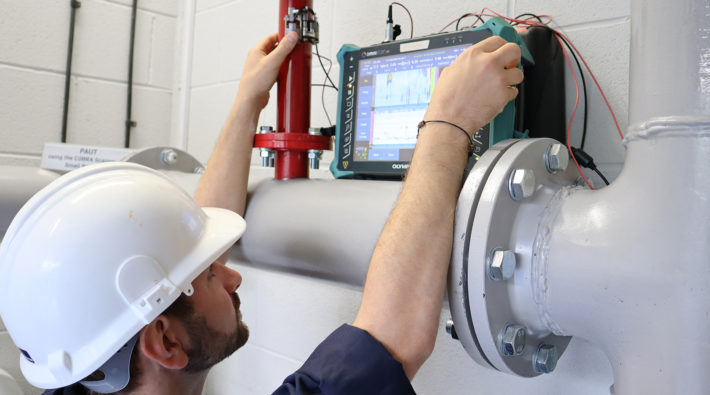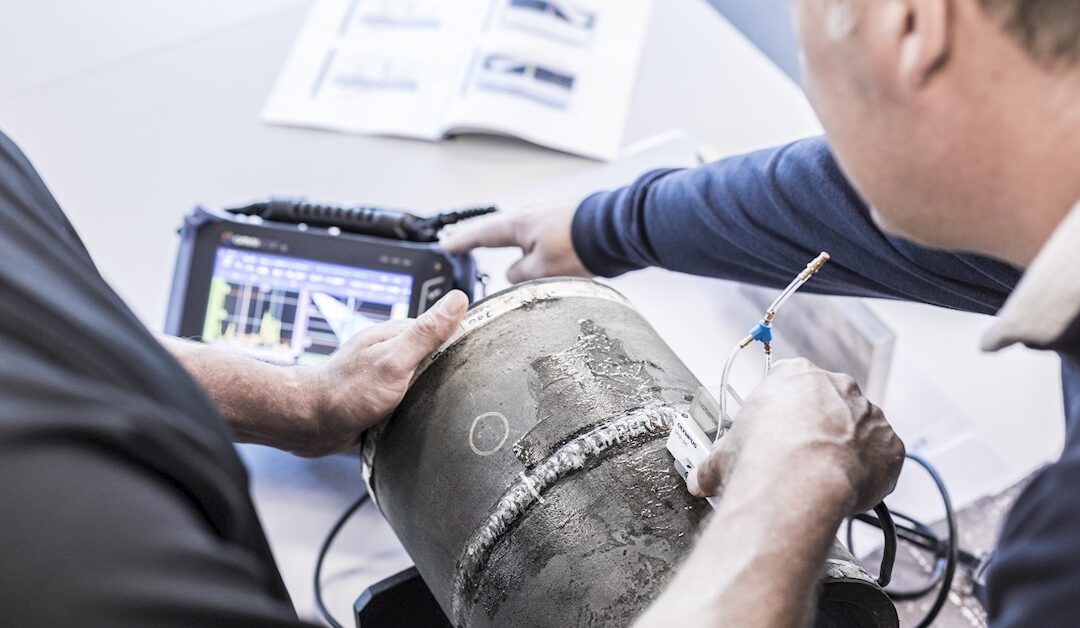In today’s rapidly advancing technological landscape, the synchronization between sensors and devices has become a cornerstone of modern IoT systems. This process is crucial for ensuring seamless communication and functionality across various platforms. By understanding the intricacies of synchronization, industry professionals can optimize systems for enhanced efficiency and reliability.
The synchronization between sensors and devices is not just about time alignment. It involves a complex interplay of data exchange, timing, and processing that ensures all components of a system work in harmony. This is particularly critical in applications where precision and real-time data processing are essential.

Understanding the Basics of Synchronization
At its core, synchronization involves aligning the operations of different devices to ensure they function cohesively. This can include aligning clocks for time-stamping data, coordinating data transmission to avoid collisions, and ensuring data consistency across devices.
The Role of Timing Protocols
Timing protocols like NTP (Network Time Protocol) and PTP (Precision Time Protocol) are vital in achieving synchronization. These protocols help in maintaining accurate time across devices, which is crucial for applications that require precise timing and coordination.
Data Consistency and Integrity
Ensuring data consistency and integrity is another key aspect of synchronization. This involves implementing mechanisms to prevent data loss or corruption during transmission. Techniques such as error checking and correction are commonly used to maintain data integrity.
Applications of Synchronization in IoT
The applications of synchronization are vast and varied, spanning across numerous industries. From smart homes to industrial automation, the ability to synchronize devices and sensors is transforming how we interact with technology.
Smart Homes and Automation
In smart homes, synchronization allows for seamless communication between various devices, such as lights, thermostats, and security systems. This integration enables automated responses based on sensor data, enhancing convenience and energy efficiency. For more insights, visit HVAC control optimization.
Industrial IoT Systems
In industrial settings, synchronization is crucial for coordinating machinery and monitoring systems. This ensures that data from sensors is accurately captured and analyzed in real-time, allowing for improved operational efficiency. Learn more about real-time anomaly detection.
Challenges in Achieving Synchronization
Despite its importance, achieving effective synchronization can be challenging. Factors such as network latency, signal interference, and hardware limitations can impact the ability to maintain synchronized operations.
Network Latency and Jitter
Network latency and jitter can cause delays in data transmission, affecting synchronization. Implementing robust network architectures and utilizing quality of service (QoS) measures can help mitigate these issues.
Signal Interference
Signal interference from other electronic devices can disrupt communication between sensors and devices. Employing frequency hopping and adaptive frequency selection can reduce the impact of interference.
Best Practices for Synchronization
To achieve optimal synchronization, industry professionals should adhere to certain best practices. These include regular system maintenance, employing advanced synchronization technologies, and continuous monitoring of system performance.
Regular System Maintenance
Regular maintenance ensures that all components of the system are functioning properly and are updated with the latest software and firmware. This helps in maintaining synchronization and preventing potential issues.
Advanced Synchronization Technologies
Utilizing advanced synchronization technologies such as GPS-based timing and high-precision clocks can enhance synchronization accuracy. These technologies are particularly beneficial in environments where precise timing is critical.
Future Trends in Synchronization
The future of synchronization in IoT systems looks promising, with advancements in technology paving the way for more precise and efficient systems. Emerging trends include the use of AI for predictive synchronization and the integration of blockchain for secure data exchange.
AI and Predictive Synchronization
Artificial Intelligence (AI) is being increasingly used to predict synchronization needs and adjust systems dynamically. This proactive approach can lead to more efficient and reliable operations. Discover more about energy usage patterns analyzed by AI.
Blockchain for Secure Synchronization
Blockchain technology offers a secure method for data exchange and synchronization. By providing a decentralized and tamper-proof ledger, blockchain can enhance the security and reliability of synchronized systems. Learn about setting the right inspection frequency for equipment.
Conclusion
Synchronization between sensors and devices is a critical component of modern IoT systems. By understanding and addressing the challenges associated with synchronization, industry professionals can enhance system performance and reliability. As technology continues to evolve, the future of synchronization looks promising, with new advancements offering even greater precision and efficiency.

Frequently Asked Questions
What is synchronization between sensors and devices?
Synchronization is the process of aligning the operations of various devices to ensure cohesive functionality. This involves coordinating data exchange, timing, and processing to maintain system efficiency and reliability.
Why is synchronization important in IoT systems?
Synchronization is crucial in IoT systems as it ensures seamless communication and functionality across devices. This is particularly important in applications requiring real-time data processing and precise coordination.
What are the challenges in achieving synchronization?
Challenges in achieving synchronization include network latency, signal interference, and hardware limitations. Addressing these issues requires implementing robust network architectures and utilizing advanced synchronization technologies.
This article contains affiliate links. We may earn a commission at no extra cost to you.
